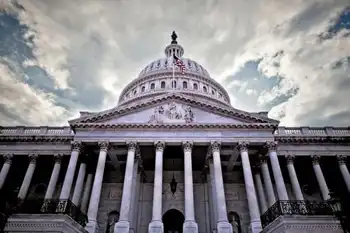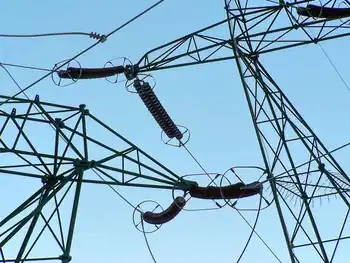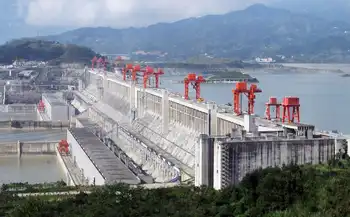Cement makers eye big cuts to greenhouse gases
The cement sector contributes about 5 percent of global carbon dioxide emissions — well ahead of other manufacturers except steel and refineries — and is expected to double its capacity by 2030 amid rapid urbanization in developing nations.
The Cement Sustainability Initiative (CSI), whose 18 members produce about 30 percent of the world's cement, unveiled its vision of a "sectoral approach" to tackling carbon dioxide (CO2), the main gas that scientists blame for dangerously heating the atmosphere.
The project has built a system for monitoring, reporting and verifying CO2 and aims to share technology and best practice for cutting those emissions amid a myriad of regional and global regulations, caps and curbs.
"CO2 emissions might be reduced by as much as 25 percent, compared to a situation where there are no commitments to carbon reduction," CSI program director Howard Klee said.
Klee said the approach would help win the backing of poor countries, which have rejected any absolute cap on emissions.
"It is critical to get developing countries involved, because that's where 80 percent of cement is made and that is projected to increase to 90 percent by 2030," he added.
"Just because Europe is about to cut emissions, that isn't going to prompt India, for example, to do the same."
Cement is made by heating limestone with clay minerals at around 1,500 degrees Celsius to produce an intermediate product called clinker, releasing high levels of CO2.
There is large potential for cutting CO2, most cheaply by substituting clinker with residues from steel production and coal-fired power stations.
Further cuts could be made by using biofuels to generate heat and burying the CO2 using nascent carbon capture and storage technologies.
Many environmentalists view industry initiatives with skepticism after numerous voluntary agreements have failed to tackle pollution, notably among car makers.
But Patrick Verhagen of cement maker Holcim called the project a serious attempt to comply with the United Nations roadmap for agreeing a replacement from 2012 for the Kyoto protocol, which mentions the importance of sectoral action.
"We're not trying to get out of any schemes," he said. "This fits quite well with the U.N.'s roadmap."
Related News

Sens. Wyden, Merkley Introduce Bill to Ensure More Wildfire Resilient Power Grid
WASHINGTON - U.S. Sens. Ron Wyden and Jeff Merkley today introduced new legislation to incentivize utility companies to do more to reduce wildfire risks as aging power infrastructure ignite wildfires in Oregon and across the West.
Wyden and Merkley's Wildfire Resilient Power Grid Act of 2020 would ensure power companies do their part to reduce the risk of wildfires through power system upgrades such as the undergrounding of power lines, fire safety equipment installation and proper vegetation management.
"First and foremost, this is a public safety issue. Fire after fire ignited this summer because the aging power grid could not withstand a…





